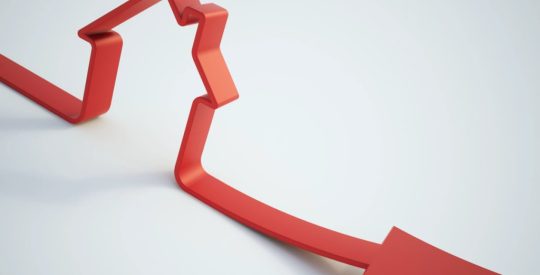U.S. consumer borrowing rose 13% in July, the biggest gain since the month before the COVID-19 pandemic shut down the economy, according to a report on Tuesday from the Federal Reserve.
It was the fastest pace since February’s 20% gain, which was followed by plunges of 12% in March, 69% in April, and 18% in May. Borrowing began increasing in June, with a 9% bump.
The increase in borrowing indicates some Americans were feeling more confident about their financial situations, even in the midst of the worst public health crisis in more than a century.
However, some of the debt increase could come from the roughly 1 in 10 Americans who lost jobs in the pandemic and were putting staples like groceries on credit cards, said Chris Low, chief economist at FHN Financial in New York.
Congress passed the CARES Act at the end of March that added $600 a week to the benefits of unemployed people, aimed at fully replacing their prior salaries to keep them current on their bills. Those payments ended July 31, and negotiations among lawmakers to provide additional support have stalled.
“We had very generous pandemic aid from April through July, which is when the government put their cards away,” Low said. ”It’s going to be very interesting to see what happens to household borrowing in August because that’s after the bulk of the pandemic programs ended.”
July’s gain pushes total consumer credit, not including mortgages, to $4.1 trillion, according to the report. The household borrowing, which includes credit cards and car loans, is watched as a gauge of the economy, including the potential for the consumer spending that accounts for about 70% of GDP.
U.S. GDP shrank at an annual rate of 31.7% in the second quarter, the Bureau of Economic Analysis said Aug. 27, updating their first estimate of a 32.9% drop contained in a July 30 report.
That follows a 5% decrease in the first quarter. Most economists define a recession as two consecutive quarters of economic contraction.



